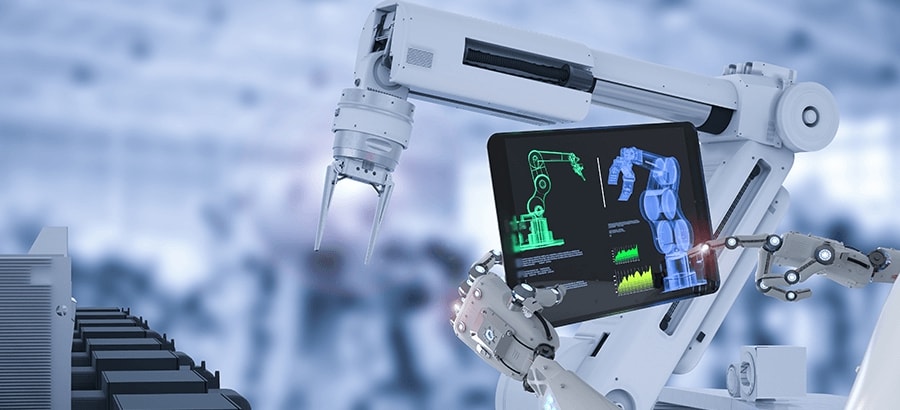One of the biggest difficulties that consultants going down-market have is getting the price for their services in the right ballpark for small- and medium-sized businesses.
Speaking from the perspective of an ERP vendor, we often come across prospective clients who have misleading expectations for the price of ERP set by a consultant who didn’t understand the lower end of the market.










